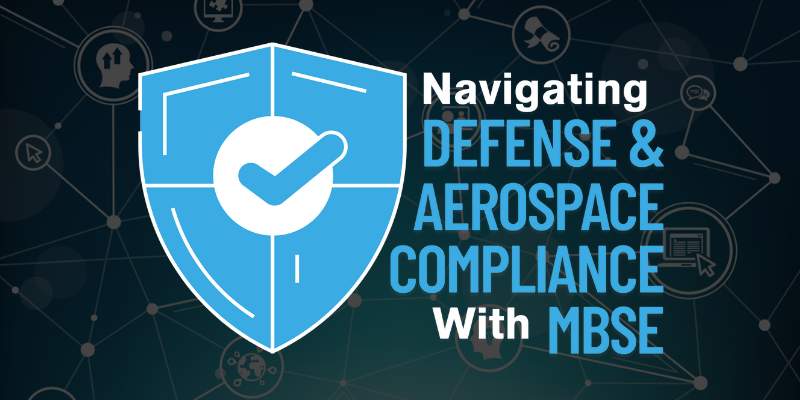User Success: Dr. Randal Allen, UCF Engineering Professor
Dr. Randal Allen has decades of experience in Model-Based Systems Engineering (MBSE), 6DOF Modeling & Simulation (M&S), and Guidance, Navigation, and...
2 min read
Elizabeth Steiner
:
7/31/25 11:35 AM

Robin Yeman and Yashwant Malaiya recently demonstrated MBSE for Satellite systems using Innoslate as their MBSE tool. They presented their study at the 22nd Annual Acquisition Research Symposium and Innovation Summit, hosted by the Naval Postgraduate School. The research, titled “Accelerating Satellite Development: A Comparative Simulation of NASA’s Waterfall Process and Agile Process Using Innoslate Lifecycle Modeling Language,” explores using Innoslate to simulate and compare development methodologies for large-scale, safety-critical systems, specifically satellite systems.
Before diving into the study, here is a quick comparison of Agile and Waterfall.

Agile is a flexible, iterative approach to project management characterized by frequent collaboration, continuous feedback, and adaptability to change.
Keep Learning about Agile Systems.
Waterfall is a linear, sequential method with distinct phases that must be completed in order, offering a structured and predictable path but limited flexibility once each phase begins.
The study modeled the development of a fictional mid-size Low Earth Orbit (LEO) satellite using Innoslate’s Lifecycle Modeling Language (LML) diagrams to compare Agile vs Waterfall for space systems. Researchers created two complete models within Innoslate:
The project used Innoslate to build activity diagrams, simulate project timelines using Monte Carlo methods, estimate costs, and visualize system architecture. Thanks to Innoslate’s integrated modeling and simulation capabilities, the research team was able to perform an objective comparison of the two development models.
This research demonstrates how Innoslate enables systems engineers to explore, evaluate, and validate various lifecycle strategies early on, not only in satellite development but also in numerous other projects. In regulated and complex fields like aerospace, being able to simulate both Waterfall and Agile approaches enables decision-makers to optimize for speed, cost, and compliance without risking system integrity or safety.
Keep learning with the Agile MBSE Satellite System for Fire Detection Example.
Explore how MBSE simulation works in Innoslate. Try it now.
Related Readings:
Have questions about model-based systems engineering or requirements management? Talk to an expert and see how Innoslate can streamline your projects from start to finish.
.png)
Dr. Randal Allen has decades of experience in Model-Based Systems Engineering (MBSE), 6DOF Modeling & Simulation (M&S), and Guidance, Navigation, and...

Simulation plays a vital role in Model-Based Systems Engineering (MBSE) by allowing engineers to test, validate, and refine system models before...

Not up for the read? Watch the recording of the webinar!